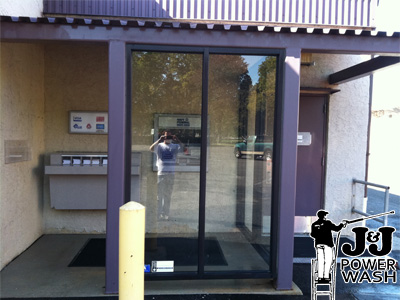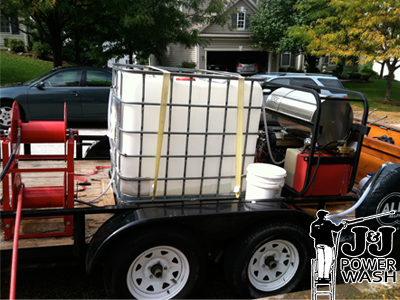Prepare before Painting Exterior of Home
Glenn Haege: The Handyman
You have often heard me say that preparation is 60 percent of a painting job, and that is especially true when you paint the exterior of your home. While indoor painting preparation is more geared toward taping and putting drop cloths over furniture, exterior painting is more about preparing the surface.

For most homeowners, painting their home’s exterior means painting either wood, brick, or siding made of vinyl or aluminum. Unfortunately, when it comes to preparation for exterior painting, one method does not fit all. Regardless of what type exterior your house has, the first thing to do before painting is to clean the surface and remove any mold and mildew. While using a power washer to clean brick or stucco can work well if done properly, I don’t recommend it if you are cleaning any type of siding or wood because it is too easy to damage these surfaces if you use too much pressure. Fortunately, there are many good products on the market that make it easier to clean your home’s exterior with a little elbow grease and a garden house, including Krud Kutter House Wash and Krud Kutter Exterior Siding Cleaner, www.krudkutter.com. Also look for JOMAX House Wash and JOMAX House Cleaner and Mildew Killer by Rust-oleum, www.rustoleum.com.

If you are painting vinyl or aluminum siding, and it is in good shape, cleaning it is usually all the preparation you need before using a good 100 percent acrylic latex paint. If you have wood siding with peeling, blistering or cracking paint, scrape and sand the problem areas first, then clean it. You might also want to consider a primer product called Peel-Bond from XIM Products, (440) 871-4737, www.peelbond.com. It’s a fast-drying, penetrating filling primer that actually fills in cracks and rough surfaces on wood, T-111 siding, plywood or hardboard to help decrease the amount of scrapping and sanding needed before painting.
If you have an older house where numerous coats of paint have built up over the years, you might have to strip the entire surface. Several non-toxic paint strippers are on the market, such as CitriStrip, from W.M. Barr & Co., www.citristrip.com. Also consider RemovALL 220 All Purpose Industrial Paint Remover from Down to Earth Products, www.dtep.com, Soy Gel Paint and Urethane Remover by Franmar Chemical, www.franmar.com, and Zip-Strip Premium Green Paint and Finish Remover from Absolute Coatings Inc., www.lastnlast.com.
Once the paint is gone, you might find rotted wood beneath. One local company that provides wood rot repair services is Independent Window Repair. If you have a small area that has rotted, it can be repaired with Abatron LiquidWood or Wood Epox or Elmer’s Rotted Wood Repair Kit.
To prepare cracked stucco and chalking brick, first scrape out cracks with a wire brush, brush out any dust in the cracks, and then seal the cracks with 100 percent acrylic caulk. You can also use Bondex Ready Mixed Stucco Patch by Rustoleum for stucco repair, or Quikrete Stucco Crack Repair to fill and seal cracks up to ½-inch wide. For chalking on brick, it should be cleaned with Prosoco Sure Klean Restoration Cleaner, www.prosoco.com. Then apply Peel Stop Clear Binding Sealer by Zinsser, www.rustleum.com, before painting it.
Once you have cleaned and repaired your home’s exterior, caulk using a paintable caulk before you paint. To determine what type of exterior paint is best for your home, read my article “Use the right paint to ramp up curb appeal” from July 1, 2011, at www.MasterHandyman.com. For more good painting preparation tips, visit the Paint Quality Institute’s website.
The fall weather makes it a great time of year to paint your home’s exterior. Using these preparation tips can help make the complete project go faster, giving you more time to brag about it.
From The Detroit News: http://detnews.com/article/20110826/OPINION03/108260303/Prepare-before-painting-exterior-of-home#ixzz1WLep0khs
If you are in the Greater Philadelphia area and are in need of pressure washing, power washing, window cleaning, graffiti removal or vehicle cleaning services, contact our Philadelphia Pressure Washing company at 215-703-8306.







